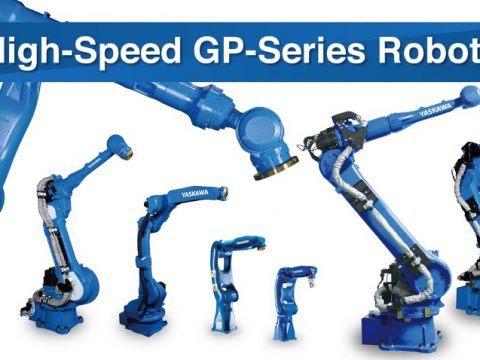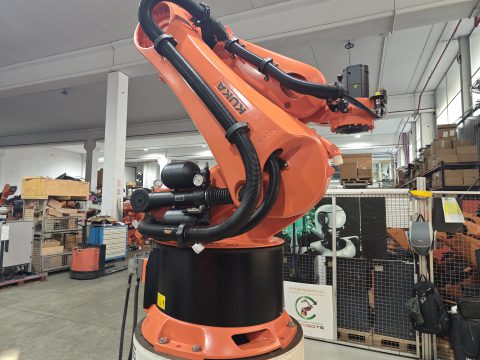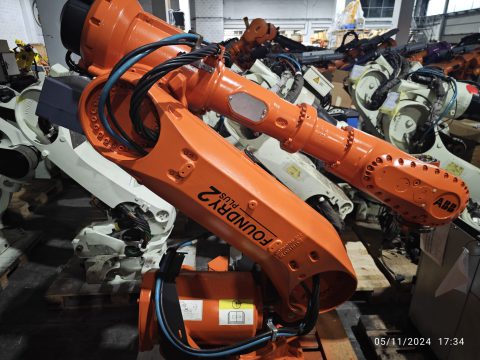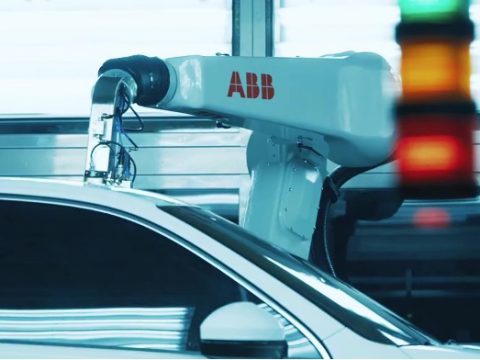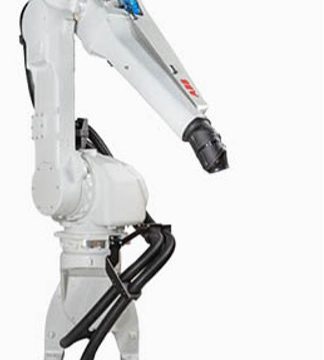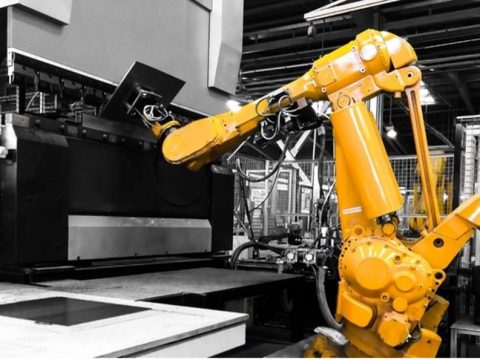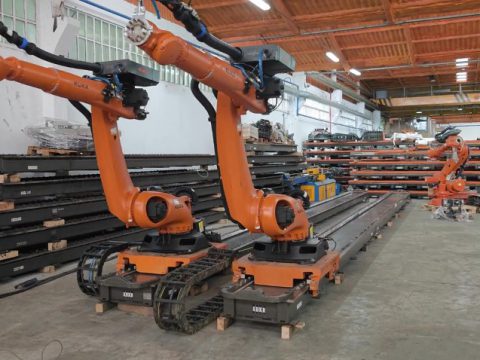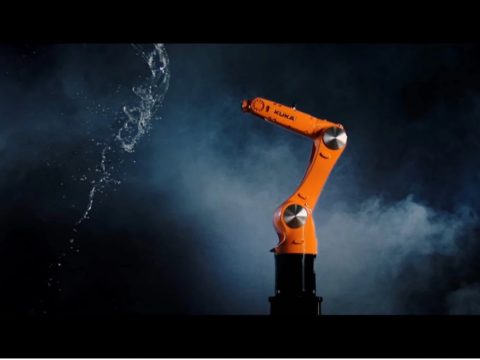YASKAWA MOTOMAN REVOLUTIONISES INVENTORY AND DISTRIBUTION MANAGEMENT
In a world increasingly driven by efficiency and precision, industrial automation has become a fundamental pillar for competitiveness across various sectors. Among the standout solutions, Yaskawa Motoman robots have emerged as strategic allies in optimizing logistical processes, especially in inventory management and distribution. Innovation in Motion: Models that Make a Difference The range of Yaskawa

